India's Stance on De-Dollarization
In a world where financial systems are increasingly intertwined, India's decision to reject de-dollarization stands out. As discussions within the BRICS nations—comprising Brazil, Russia, India, China, and South Africa—gain momentum on reducing dependency on the US dollar, India's response has been one of caution and pragmatism. The Reserve Bank of India, through its chief, has made it clear that no concrete steps are being taken towards replacing the dollar in international trade. This decision is particularly noteworthy given the global conversations on currency realignment and economic independence. The US dollar, long held as the gold standard of international trade, still maintains a critical place in the Indian economy, not just as a transactional currency but as a symbol of financial stability.
Trump's Tariff Threats
Tensions have risen with President-elect Donald Trump's distinctive stance on protecting the dollar's hegemony. Trump's proposal to implement a 100% tariff on goods from any BRICS country attempting to diversify from the dollar sends a stern warning. While Trump's rhetoric is consistent with his broader economic policy goals, it complicates matters for nations like India, which rely heavily on trade with the US. For India, this threat of substantial tariffs could translate into increased costs for its exports, potentially harming sectors like technology, textiles, and pharmaceuticals. As such, India's calculated approach appears to reflect a desire to avoid antagonizing its trade relationship with the United States.
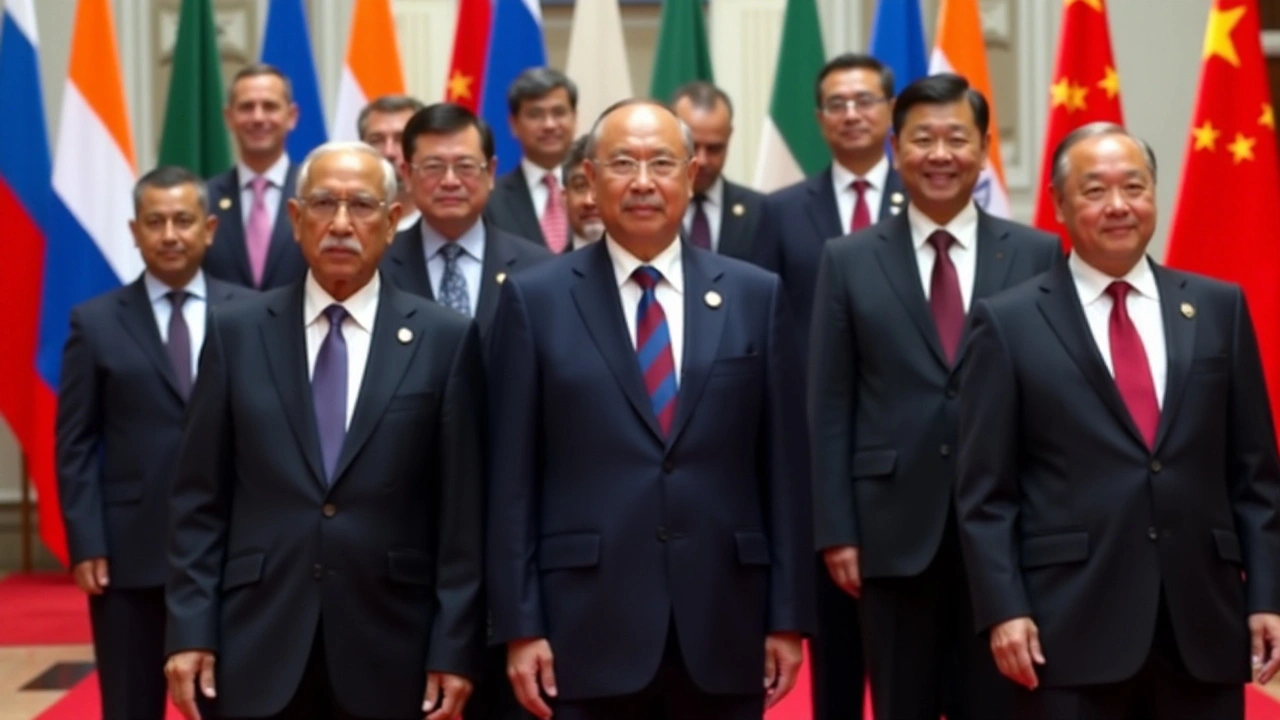
India's Pragmatic Approach
Foreign Minister S. Jaishankar's remarks shed light on India's considered approach. By electing to use the US dollar where accepted, India positions itself as a nation focused on economic pragmatism rather than ideological shifts. Jaishankar further emphasized the use of local currencies in trading relationships where the dollar is not predominant. This strategy underscores India's understanding of the realities of global trade where the US dollar is embedded in a complex web of contracts, agreements, and expectations across international markets. By opting out of an aggressive de-dollarization agenda, India seems to prioritize maintaining a stable economic trajectory without disrupting its established financial networks.
Divergent Paths Within BRICS
BRICS nations are not homogenous in their economic strategies. The contrast between India's stance and the more aggressive approach of China and Russia is stark. Russia has been vocal about seeing the weaponization of the dollar as a catalyst for seeking alternatives. China, with its burgeoning Belt and Road Initiative, sees de-dollarization as both an economic and geopolitical strategy. With these powers looking to challenge the established monetary order, India's differing alignment raises questions about the future cohesion of BRICS in monetary policy matters. Such divergence could lead to differing paths and potential friction as these nations navigate their corner of the global economy.
The Rationale Behind India's Position
India's growing economic influence and ambitions on the global stage provide a broader context for its stance. There is a recognition within Indian policy circles of the benefits of remaining aligned with the current dollar-centric system. As emerging markets continue to make their mark, the balance India seeks is one of engaging with global economic powerhouses while safeguarding its interests. This delicate balancing act involves maneuvering through a maze of economic policies and international relationships. India's strategy could well be seen as hedging bets, ensuring that it can pivot when necessary, while retaining the benefits of established trade relationships.
Implications for Global Trade
India's decision not to pursue de-dollarization has wider implications for global trade. It reaffirms the centrality of the US dollar in economic transactions and may encourage other nations to adopt a similar stance. The economic clout of the United States, particularly in sectors vital to India's economy such as technology and pharmaceuticals, cannot be understated. While the prospect of de-dollarization gains headlines, the reality is that dismantling the dollar's role in global commerce is a formidable challenge. The decision also signals to international investors that India remains a stable and predictable partner amidst turbulence in foreign currency discussions.
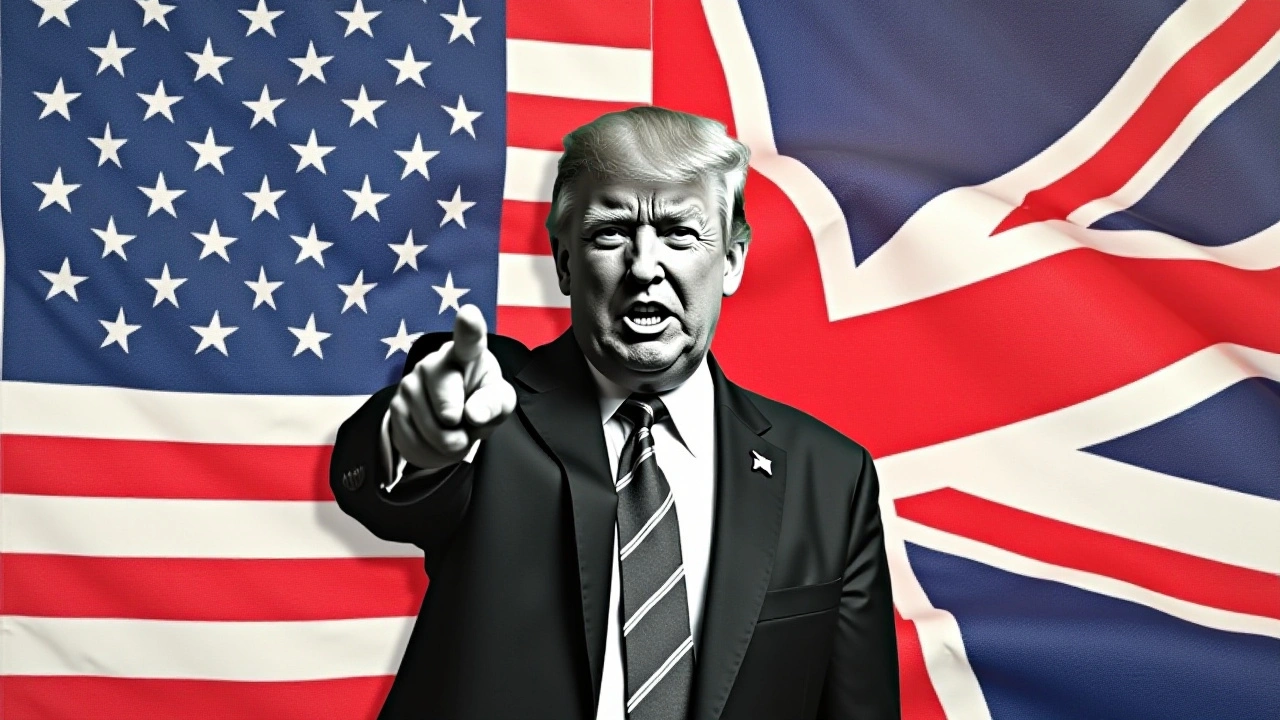
Future Prospects and Speculations
With the global economic landscape continually evolving, India's stance could evolve with changing geopolitical and economic dynamics. The push and pull of regional alliances, trade agreements, and bilateral relations will play a significant role in shaping future economic policies. For now, India is walking a fine line, balancing its historical partnerships with a rapidly changing world order. The decision to adhere to a dollar-based system while leaving room for local currencies hints at a flexible approach to future economic alterations. It will be interesting to watch how India navigates this path, and whether its economic diplomacy can offer lessons to other nations seeking the equilibrium between innovation and tradition in their financial systems.

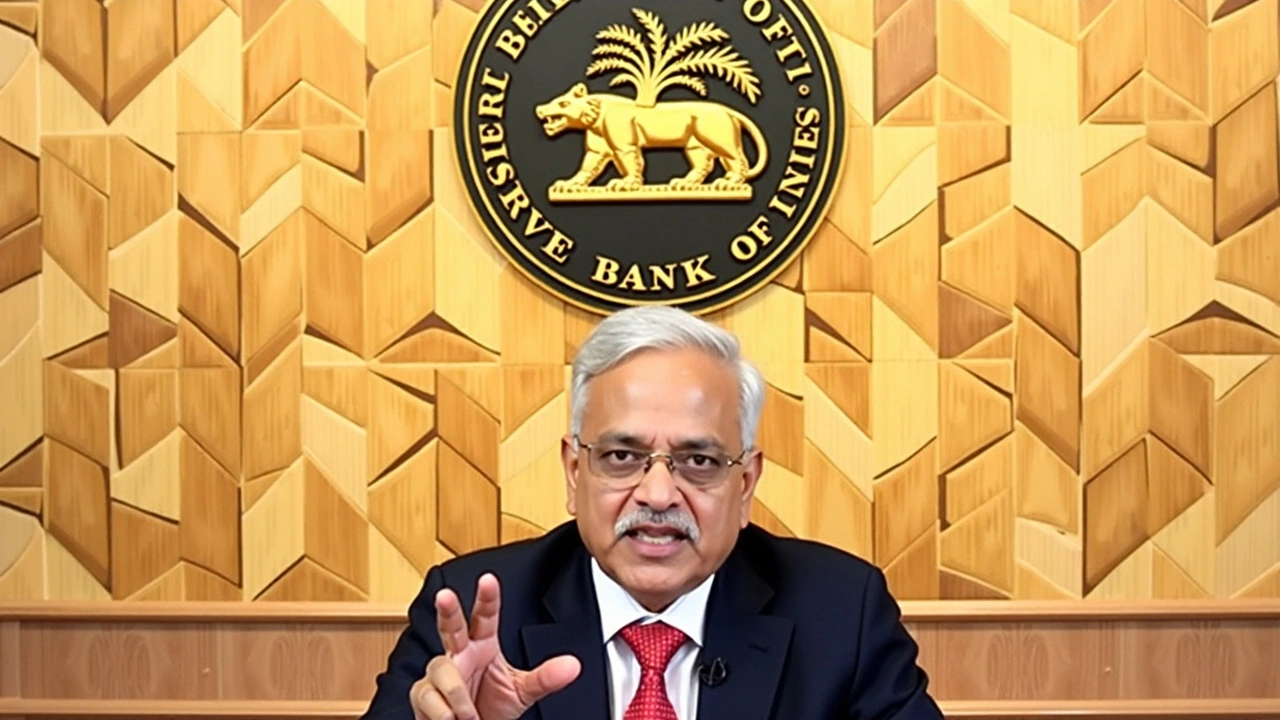


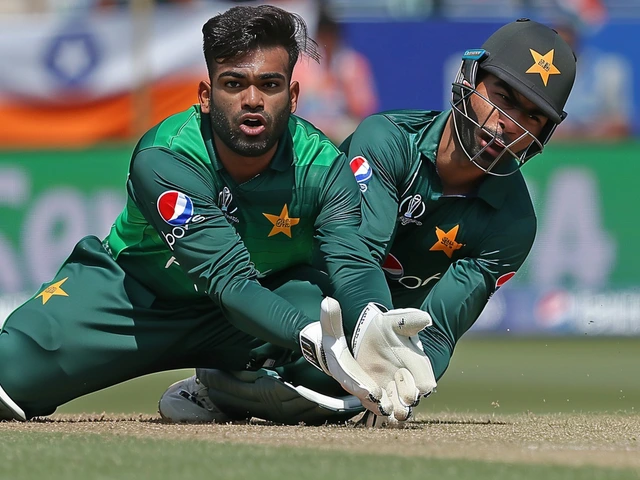


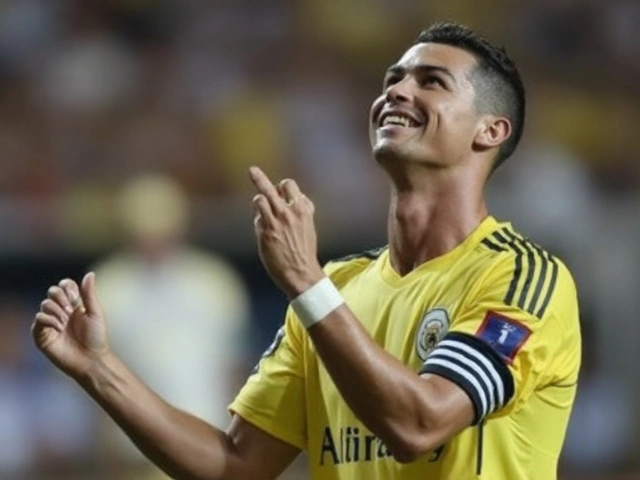

kishore varma
December 7, 2024 AT 19:17Whoa, India's playing it cool like a summer breeze 🍃-no rash de‑dollar moves, just steady beats. The BRICS chatter is like a colorful carnival, but India seems to be sipping chai instead of jumping on the rollercoaster. Pragmatic? Absolutely, they’re weaving the dollar into their trade tapestry while keeping an eye on local threads. It’s a masterclass in balancing risk and reward, especially with Trump’s tariff thunder looming. Smart play, I say! 🌟
Kashish Narula
December 17, 2024 AT 01:30Sounds like a wise move-India keeping its options open while navigating the choppy waters of U.S. policy. Staying with the dollar for now seems like a safe harbor, especially with unpredictable trade tariffs on the horizon.
smaily PAtel
December 26, 2024 AT 07:44Indeed, the macro‑economic implications are multifaceted. By retaining the dollar, India preserves liquidity ratios and mitigates foreign‑exchange volatility-critical for its export sectors, notably pharmaceuticals and IT services. Moreover, abandoning the dollar prematurely could erode investor confidence, leading to capital flight. While BRICS nations🚩 are exploring alternatives, the institutional inertia of the existing global monetary framework is substantial. A sudden pivot would necessitate renegotiating countless contracts, incurring transaction costs that would outweigh any theoretical strategic gains. Hence, RBI’s cautious stance aligns with risk‑adjusted return principles. This is not mere hesitancy; it reflects a calibrated assessment of systemic interdependencies.⁉️
Hemanth NM
January 4, 2025 AT 13:57True, concise point-India’s approach mirrors its broader foreign‑policy balance.
rin amr
January 13, 2025 AT 20:10While some may dismiss India’s moderation as timid, it is, in fact, a sophisticated form of economic realpolitik. The nation recognizes the entrenched power of the dollar, yet subtly cultivates bilateral currency swaps where feasible-an elegant, albeit understated, diversification strategy. To critique this as a lack of vision would betray an ignorance of the intricate lattice of global finance. In essence, India’s measured path is a testament to its diplomatic acumen and fiscal prudence; it sidesteps the pitfalls of ideological extremism while preserving strategic flexibility.
Jai Bhole
January 23, 2025 AT 02:24Listen up, folks-India shouldn’t be flirting with the dollar when we have a glorious rupee that can stand on its own! The whole de‑dollarization chatter is just western propaganda trying to keep us weak. Our great nation has the strength, the talent, and the will to push the dollar out of our markets. Trump’s tariffs? Nah, we’ll just slap a higher one on anyone who dares try to use his lame currency. It’s time to show the world that India won’t bow to any foreign monetary empire. We’ve got the tech, the pharma, the textile muscles-why rely on a crumbling empire’s paper? Let’s rally our brothers and sisters, buy Indian, sell Indian, trade in rupees, and watch the dollar tremble. It’s not only possible; it’s our destiny! The world will feel the shake‑up, and the global order will have to bend to the Indian will. 🪔🇮🇳
rama cs
February 1, 2025 AT 08:37From a systemic risk perspective, the proposition to rapidly displace the dollar overlooks liquidity constraints inherent in emerging-market economies. While nationalist fervor can be galvanizing, the transition costs-both transactional and reputational-are non‑trivial. A calibrated, phased approach would mitigate destabilizing spillovers, rather than an abrupt, ideologically driven overhaul.
Monika Kühn
February 10, 2025 AT 14:50Oh sure, just dump the world’s reserve currency because “we feel like it.” Good luck explaining that to a market that still respects the dollar’s depth. 🙄
Surya Prakash
February 19, 2025 AT 21:04Interesting read.